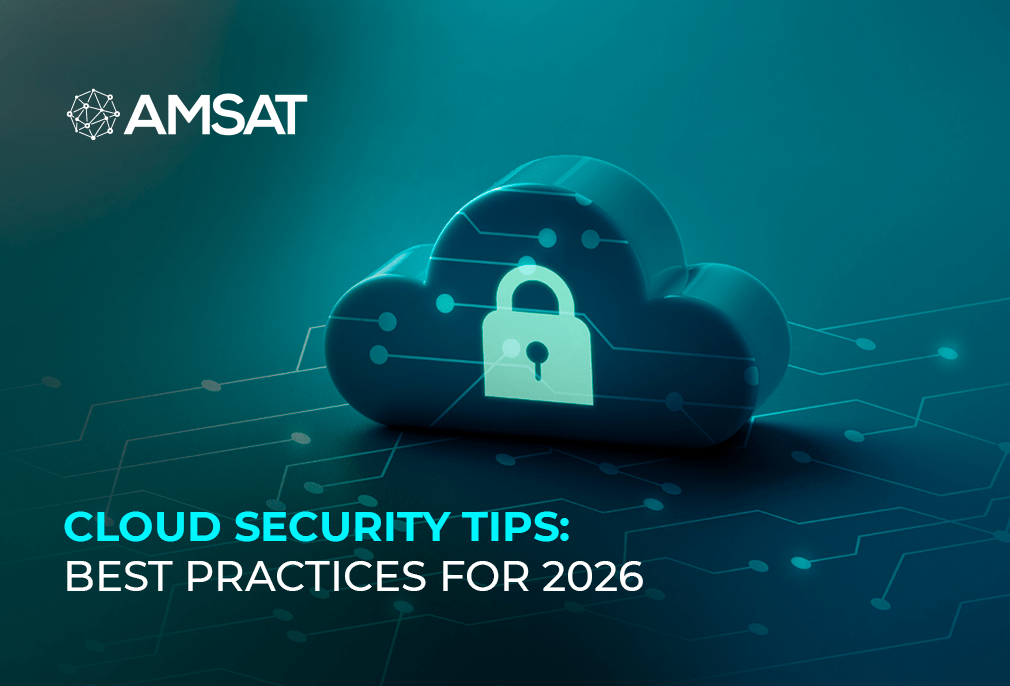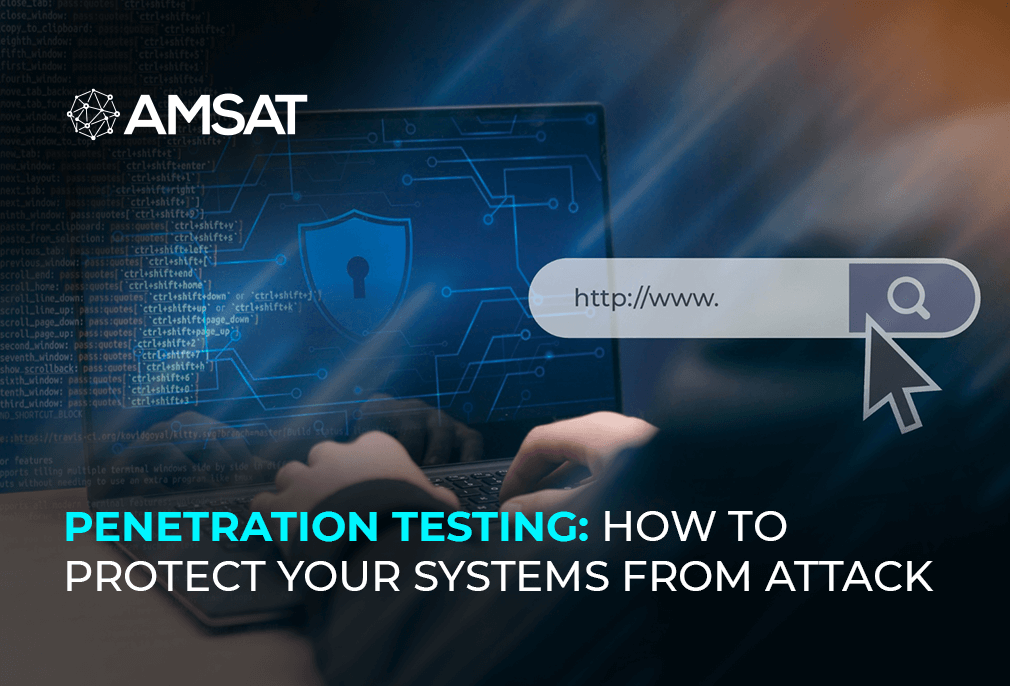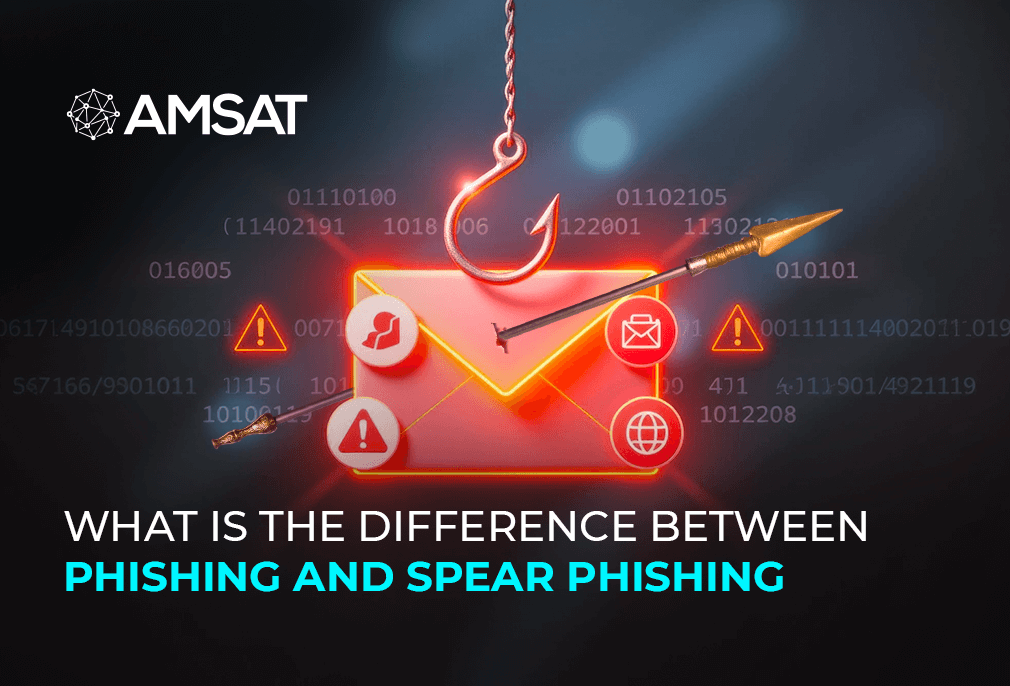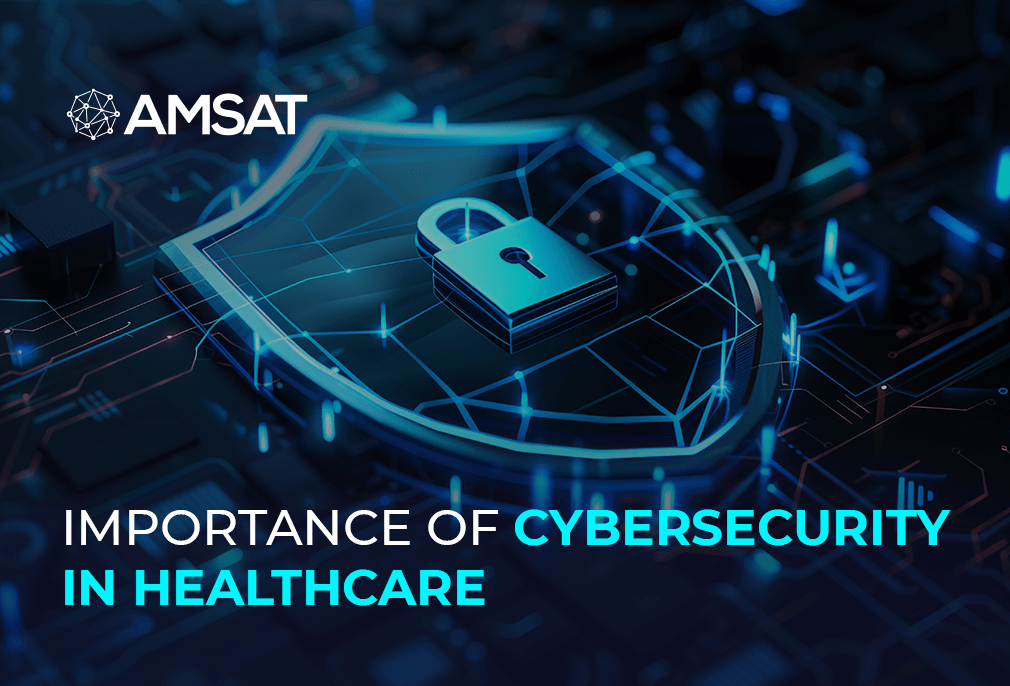Latest Blogs

By AMSAT Jan 11,2020
Top 5 Application Security Best Practices
As applications become more intricate and software development timelines narrow, developers are under pressure to trot out new features at the earliest. Consequently, developers count more profoundly on third-party libraries, mostly open-source components, to attain distinguished and convincing application functionality. This rise in open-source components drives companies to regulate their security practices. One of the ways organizations can protect their software is by espousing application security best practices and combining them into their software development life cycle.
To this end, here are the top 10 application security best practices you should use in your organization.
1. Track Your Assets
You can’t secure what you don’t know you have.
Keeping track of your assets helps you preempt mishaps and disasters in the future. You should ensure you automate the process as much as possible, as it’s a Herculean task for organizations to continue to scale their development. As well as tracking your assets, take the time to categorize them, observing which ones are important to your business roles and which are of less importance.
2. Carry out a Threat Assessment
Once you have a list of what needs to be protected, you can start to understand what your threats are and how to alleviate them. You also need to know the paths that cybercriminals use to breach your application, while ensuring you have the right security measures in place to spot or thwart an attack. At the same time, you also need to be realistic about expectations for how secure you can be. This implies that even if you take the highest level of defense available, nothing is ever unhackable. You also need to be truthful about what kind of measures you believe your team can maintain in the long term.
3. Patch your software with updates
Fixing your software with updates either from commercial vendors or the open-source community is one of the most significant initiatives you can take to ensure the security of your software. When a flaw is correctly exposed and reported to the owners of the product or project, the flaw is then published on security manuals and databases for public consumption. Developers may be cautious to upgrade to the latest version of the software if it could break your product, but automated tools can help enormously here.
4. Manage Your Containers
Over the last few years, containers have gained immense traction as more organizations adopt the technology for its flexibility, making it easier to build, test, and arrange across several environments throughout the SDLC.
5. Prioritize Your Remediation Ops
In recent years, vulnerabilities have seen a sharp rise, and this trend shows no sign of abating anytime soon. Developers have a hard time when it comes to remediation. Given the magnitude of the task at hand, prioritization is vital for teams that expect to keep their applications safe while upholding their rationality.
Doing so requires carrying out a threat evaluation based on the severity of a flaw, how serious the affected application is to your operations, and many other factors. When it comes to open-source flaws, you ought to know whether your registered code is actually using the susceptible functionality in the open-source component. If the susceptible component’s functionality is not receiving calls from your product, then it is unproductive and not a high risk even if its CVSS rating is grave. A shrewd approach is one that automatically prioritizes the most demanding threats first, taking into account the factors at play, and leaves the low-risk ones for later.
Takeaway
Staying ahead of cybercriminals is mostly circumventing the common errors that others are likely to make, making yourself a stiffer target to exploit than others. While no perimeter or application security measures are ever fully hack-proof, following these basic best practices goes a long way in making your application not worth the hassle for the hackers, thereby keeping you and your data safe for another day.
TAGS
- Cyber Security
- Security Updates
- Application Security
Recent Blogs
Ready to Get Started?
Our specialists are ready to tailor our security service solutions to fit the needs of your organization.










